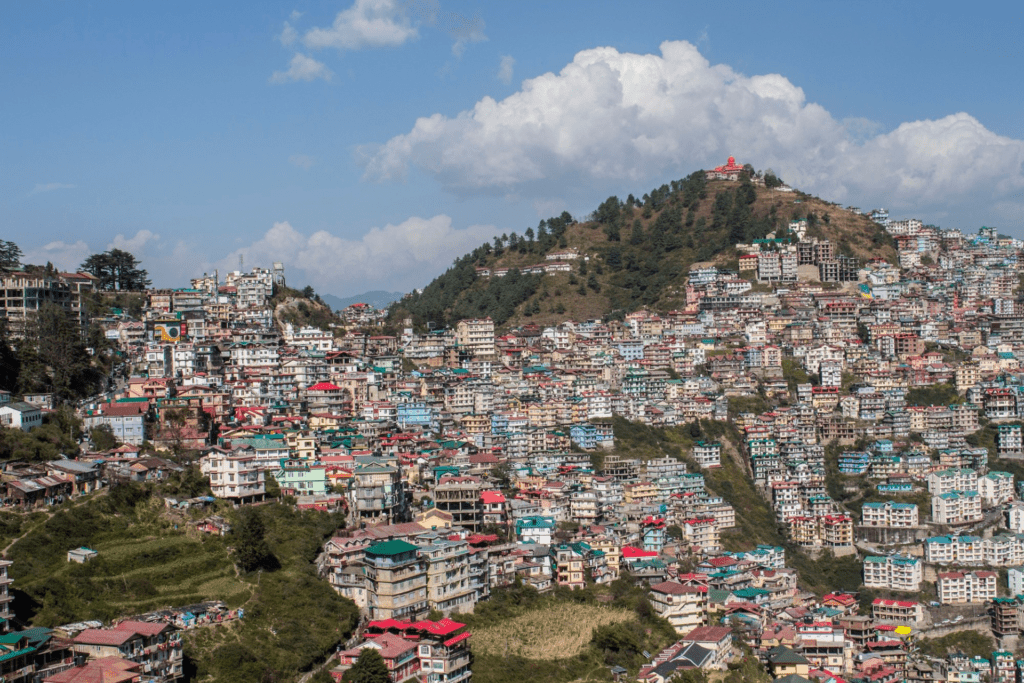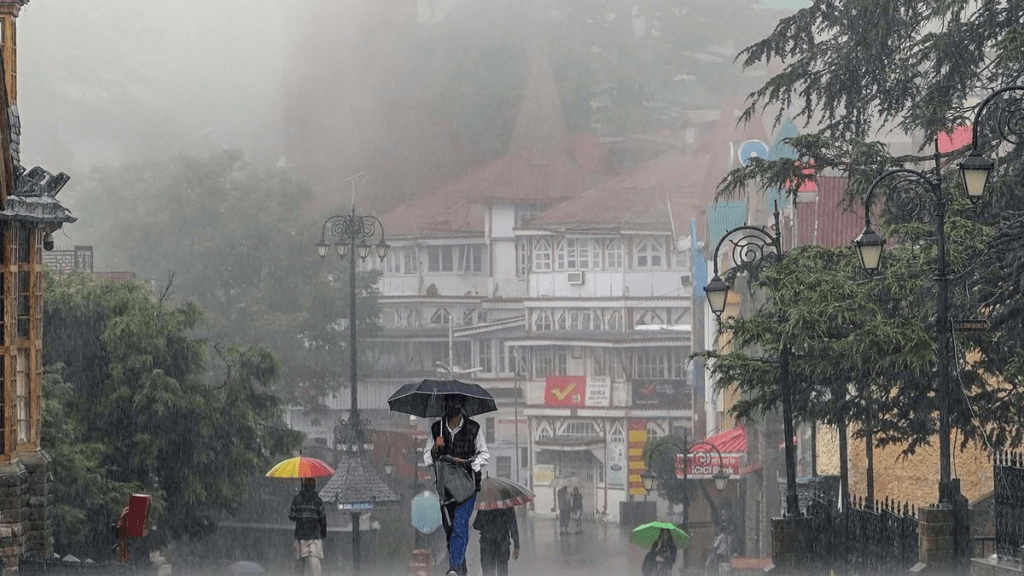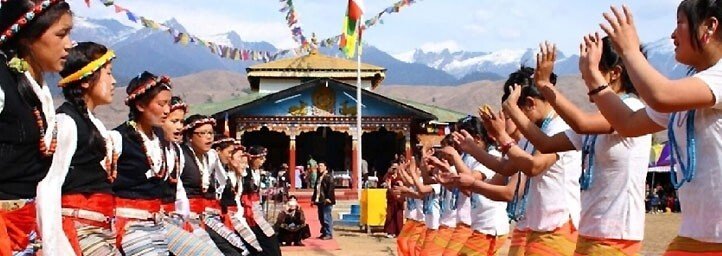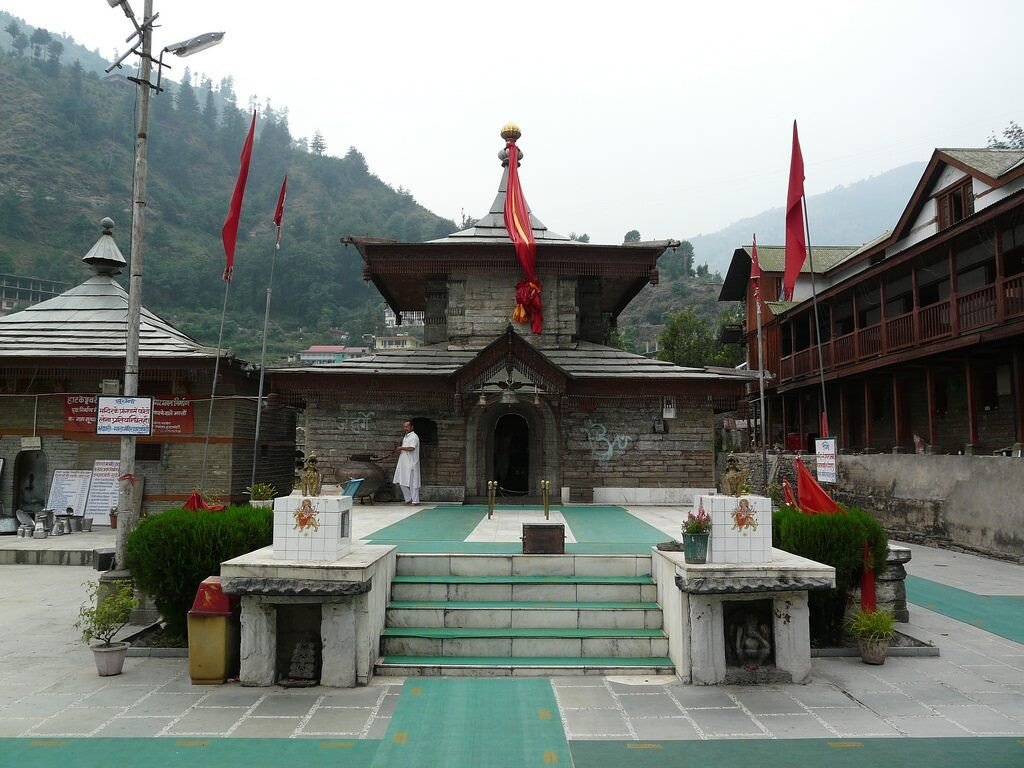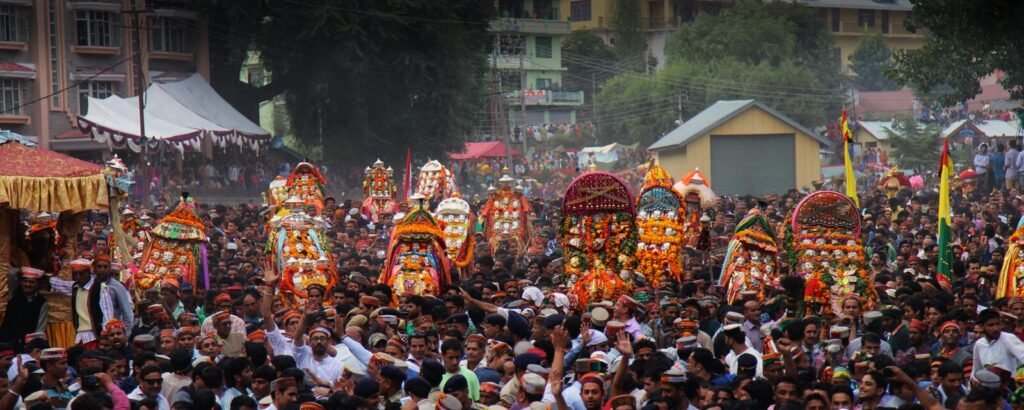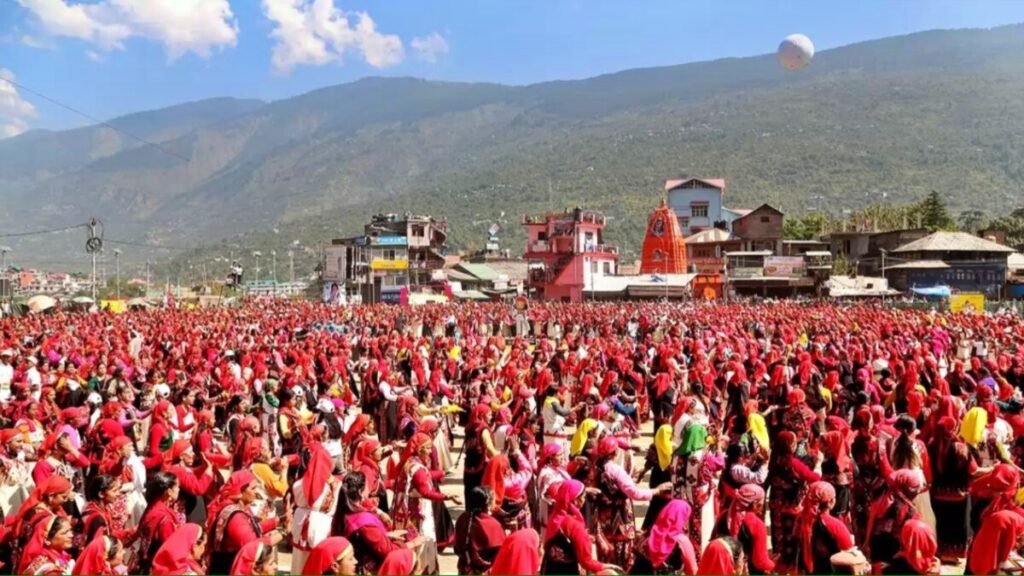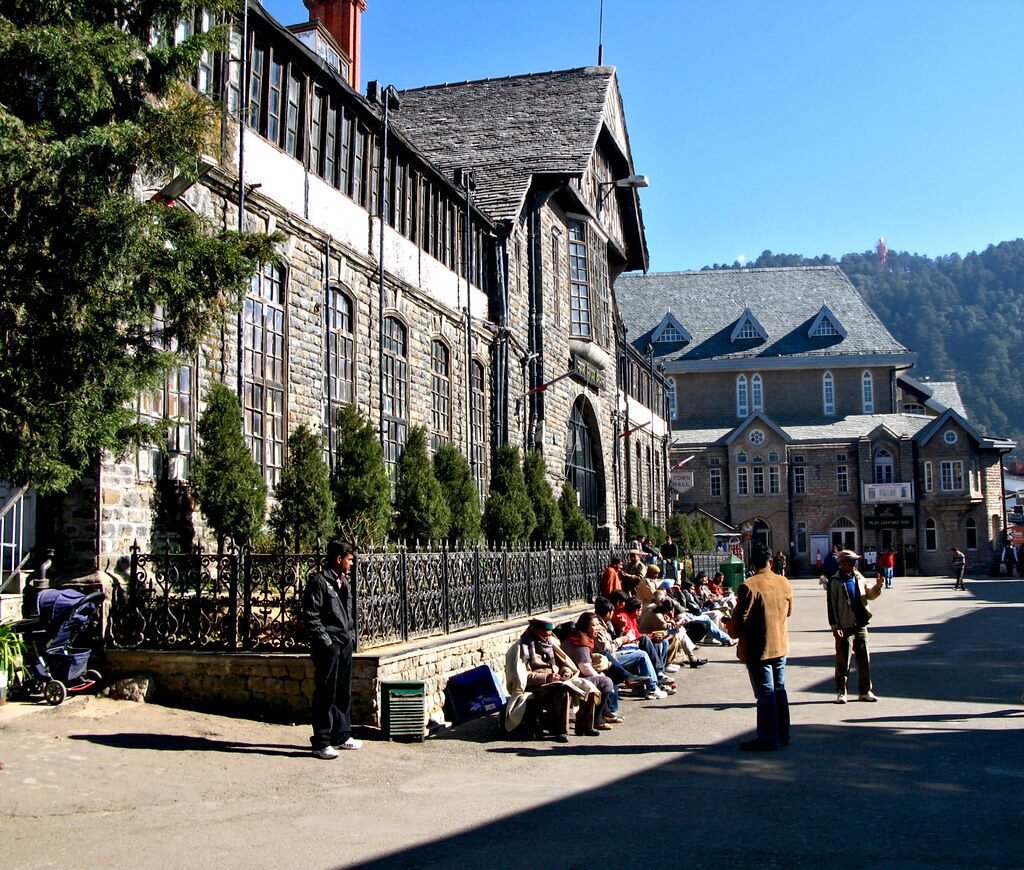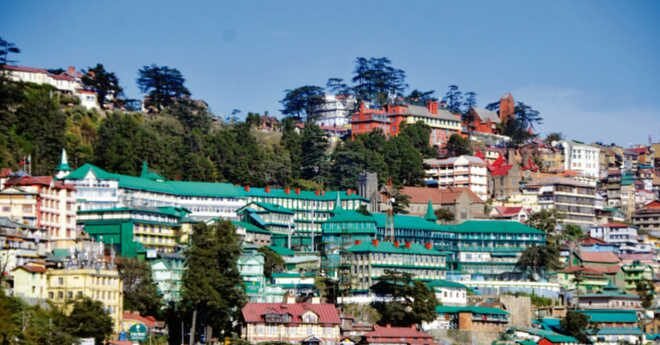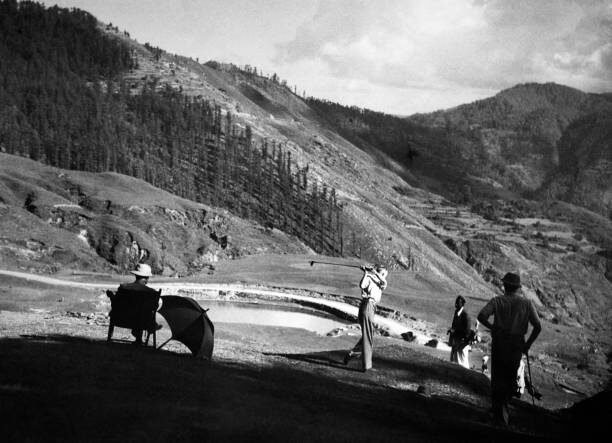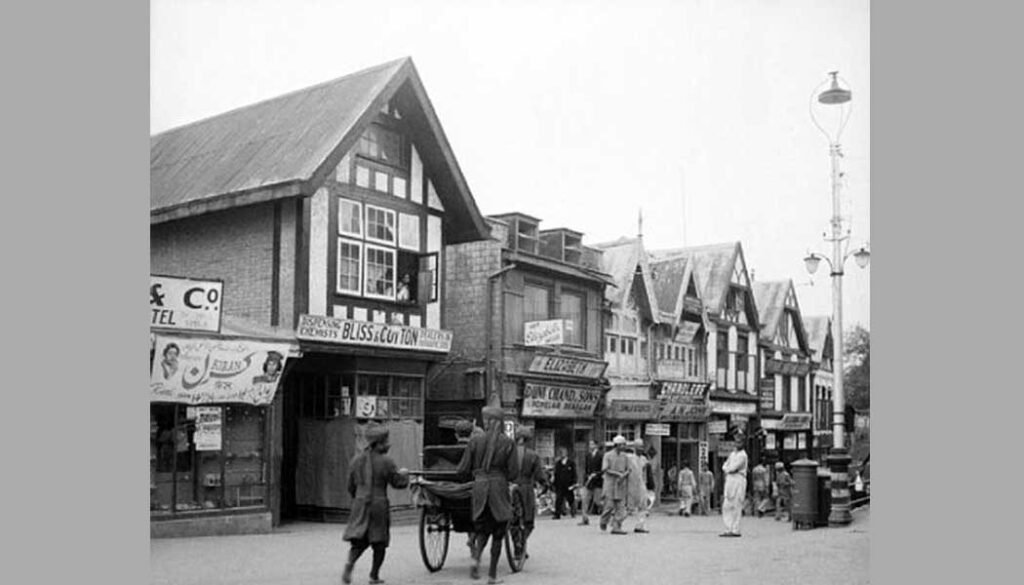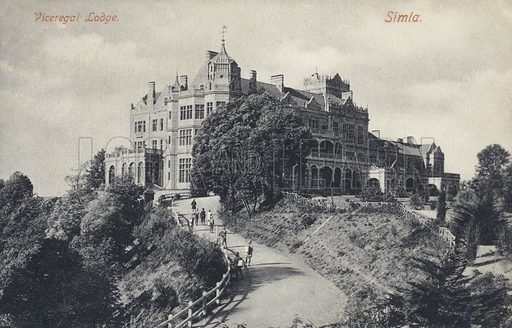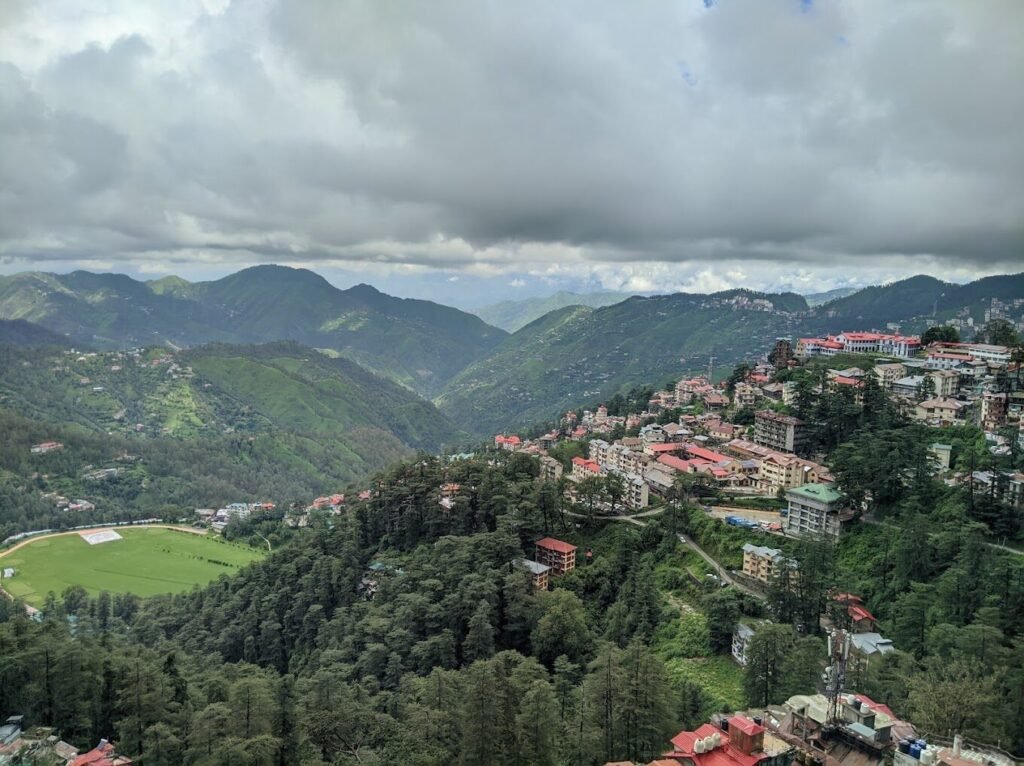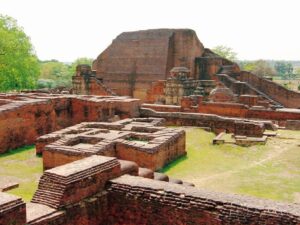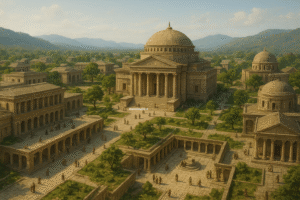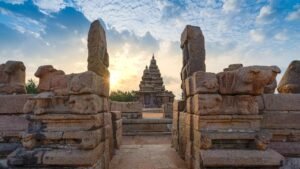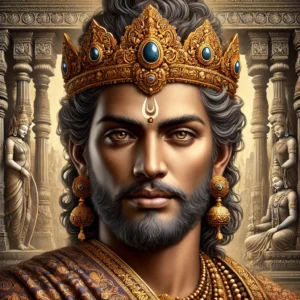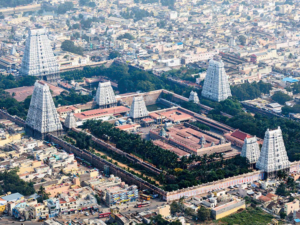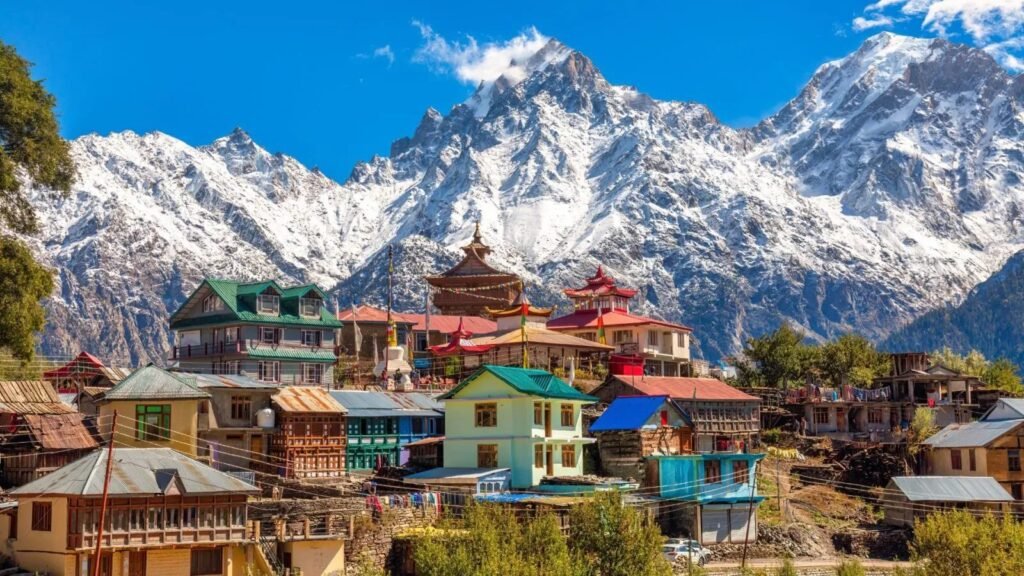
Himachal Pradesh, known as the “Land of the Gods,” is a serene and picturesque state nestled in the lap of the Himalayas in northern India. Its formation and history are deeply rooted in ancient traditions, diverse cultural heritage, and a legacy shaped by several dynasties, kingdoms, and local chieftains. This article delves into the historical evolution, culture, natural beauty, and significance of Himachal Pradesh.
Ancient History and Early Settlers
The history of Himachal Pradesh dates back to ancient times. Archaeological evidence suggests that the region was inhabited as early as the Indus Valley Civilization. The earliest inhabitants of this land were tribal communities such as the Dasas, Khasas, and Nagas. Later, Aryans migrated into the region, bringing with them their Vedic culture, which significantly influenced the socio-religious structure of the area.
The mention of the region is found in Hindu epics like the Mahabharata and Ramayana. Himachal is believed to be the abode of numerous sages, including Vashishta, Parashar, and Markandeya, who meditated in its tranquil valleys and mountains.
Medieval History: Rise of Kingdoms and Local Rulers
Kangra
The Kangra kingdom, with its fort as a symbol of power, was among the most prominent hill states. The Katoch dynasty, believed to be one of the oldest surviving royal families in India, ruled Kangra for centuries. Kangra’s strategic location made it a target for various invaders, including Mahmud of Ghazni, who plundered the famous Nagarkot Temple in 1009 CE.
Chamba
The Chamba valley flourished under the rulers of the Bhuri Singh dynasty, known for their patronage of art and architecture. Chamba’s rich cultural legacy, including its miniature paintings and temples like the Lakshmi Narayan Temple, dates back to this era.
Kullu
The Kullu Valley, referred to as “Kulant Peeth” in ancient scriptures, was ruled by the Pal dynasty. Kullu gained prominence as a center for trade and spirituality, with the Raghunath Temple becoming a focal point for religious life.
Bushahr (Bashahr)
Bushahr was one of the largest and most influential hill states, situated along the upper Satluj valley. The Rajas of Bushahr maintained trade relations with Tibet, bringing prosperity to the region. The Rampur Bushahr Palace, located on the Satluj River, is a key historical landmark that reflects the kingdom’s grandeur.
Jubbal
The princely state of Jubbal, in southeastern Himachal, was known for its progressive administration. The Jubbal Palace, a stunning blend of Indo-European architecture, stands as a testament to the legacy of its rulers, who were instrumental in modernizing the region.
Mandi
Known as the “Varanasi of the Hills,” Mandi emerged as a significant kingdom under the Sena rulers, who adorned the town with exquisite temples. The state became a hub for Shaivism and Vaishnavism.
Colonial Era and British Influence
The advent of the British in the 19th century brought significant changes to the region. After the Anglo-Gorkha War (1814-1816), much of Himachal came under British control. The British were enamored by the pleasant climate and scenic beauty of Shimla, which they made their summer capital in 1864. Shimla became a hub of political and administrative activities during the British Raj.
The British also developed infrastructure in the region, including roads, railway lines (such as the UNESCO World Heritage Kalka-Shimla Railway), and hill stations, which boosted tourism.
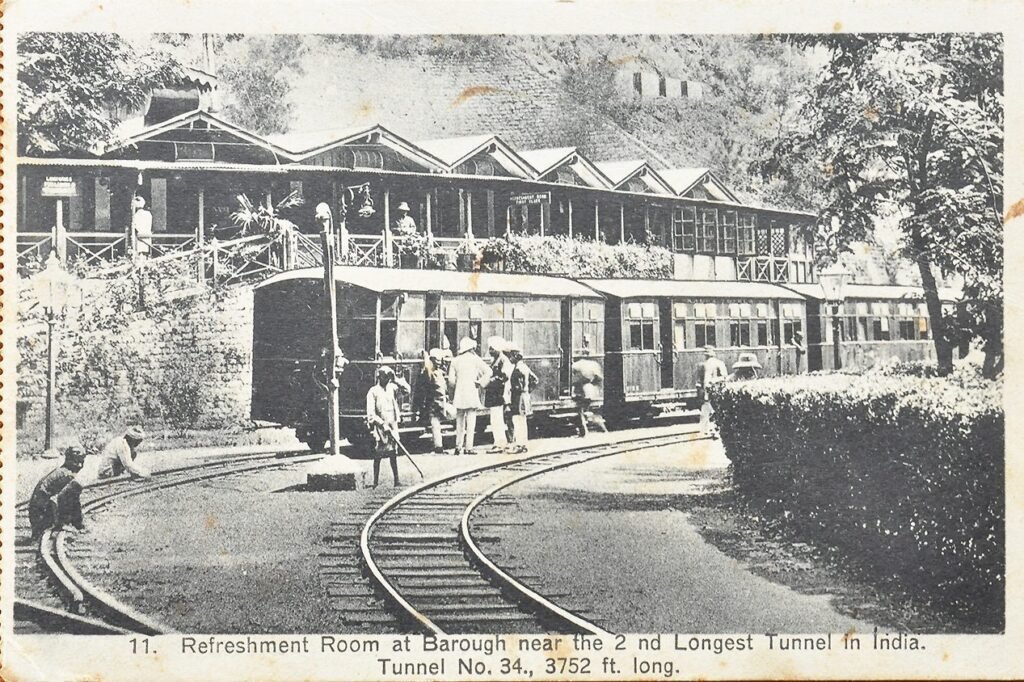
Path to Statehood and Founding Fathers
Post-independence, Himachal Pradesh’s formation was a gradual process. On April 15, 1948, the Chief Commissioner’s Province of Himachal Pradesh was established by merging 30 princely states. This date is celebrated annually as Himachal Day. Over the years, more territories were added, and Himachal gained the status of a Union Territory in 1950.
The vision of leaders like Dr. Y.S. Parmar, the first Chief Minister of Himachal Pradesh and often called the “Architect of Himachal Pradesh,” played a crucial role in shaping the state. Finally, on January 25, 1971, Himachal Pradesh became the 18th state of India.
Culture and People
Himachal Pradesh boasts a rich and diverse culture. The people of Himachal, predominantly Hindus, live in harmony with Buddhists, Sikhs, and a small number of Christians. The state’s festivals, including Kullu Dussehra, Shivratri, and Losar (a Tibetan New Year festival), reflect its vibrant traditions.
Folk music and dance forms, such as Nati, Kayang, and Kulluvi, are integral to the local culture. Handicrafts like Kullu shawls, Chamba rumals (embroidered handkerchiefs), and Himachali caps showcase the skill of local artisans.
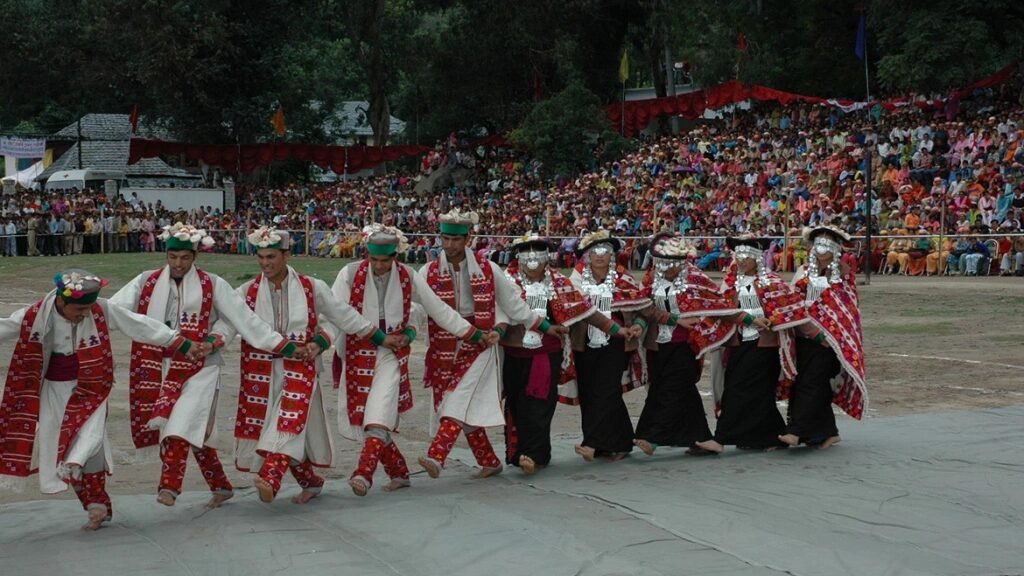
The state is also known for its delicious cuisine, including dishes like Siddu (a stuffed bread), Dham (a traditional feast), and Chana Madra.
Natural Beauty: Flora and Fauna
Himachal Pradesh is a treasure trove of biodiversity. The state is home to lush forests of deodar, pine, oak, and rhododendron. It also harbors several species of wildlife, including the snow leopard, Himalayan tahr, musk deer, and western tragopan (state bird).
Protected areas like the Great Himalayan National Park (a UNESCO World Heritage Site), Pin Valley National Park, and Chail Wildlife Sanctuary are vital for preserving the region’s flora and fauna.
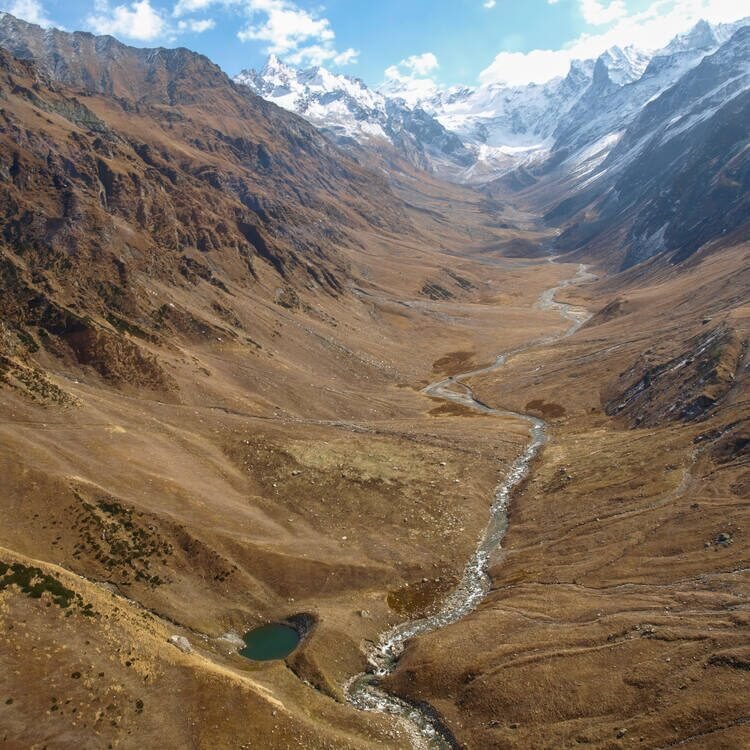
Tourist Attractions: Mountains, Peaks, and Valleys
The state’s unparalleled natural beauty makes it a major tourist destination. Some of the most iconic places to visit include:
- Shimla: The capital city, known for its colonial charm, The Ridge, Mall Road, and Jakhoo Temple.
- Manali: A popular hill station, famous for Solang Valley, Rohtang Pass, and adventure sports.
- Dharamshala and McLeod Ganj: Home to the Dalai Lama and a hub of Tibetan culture.
- Kullu Valley: Known for its scenic beauty and the famous Kullu Dussehra festival.
- Chamba: Renowned for its temples and Himachali art.
- Spiti Valley: A cold desert known for its stark beauty, ancient monasteries like Key Monastery, and high-altitude villages like Kibber.
- Kasol: A haven for backpackers, located in the Parvati Valley.
- Lahaul and Kinnaur: Known for their pristine landscapes and traditional lifestyles.
- Peaks and Passes: Himachal Pradesh is home to several high peaks like Reo Purgyil (6,816 meters) and famous passes like Kunzum Pass and Baralacha La.
Economy and Livelihood
Agriculture is the backbone of Himachal Pradesh’s economy, with apples being the most prominent cash crop. The state is often called the “Apple State of India.” Tourism is another significant contributor to the economy, drawing millions of visitors annually.
Hydropower generation is a key sector, as the rivers Beas, Ravi, Sutlej, and Chenab provide immense potential for electricity production. Handicrafts and cottage industries also play a vital role in providing employment to the local population.
Modern Himachal Pradesh: Development and Tourism
Today, Himachal Pradesh is renowned for its natural beauty and tourism, earning the moniker “Land of Gods” or Dev Bhoomi. It is a hub for adventure sports, spiritual retreats, and eco-tourism. The state has also made strides in education, healthcare, and infrastructure, becoming a model for hill states in India.
For travelers, history enthusiasts, and nature lovers, Himachal Pradesh stands as a beacon of serenity, cultural richness, and majestic landscapes, making it a true jewel of India.


